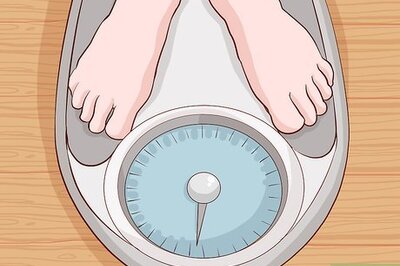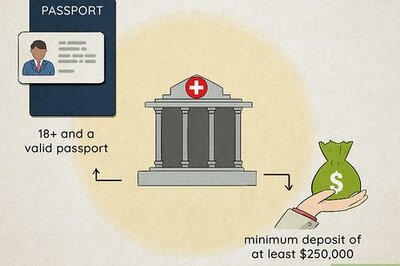
views

Decide if you want to start a thrift store that is a for-profit or not-for-profit business. There are benefits and drawbacks to each type of business so you may wish to discuss the options with a certified business planner or attorney before you decide. Starting a for-profit thrift store business will allow more freedom in your management style and allow for larger profits. It may also mean you are eligible for fewer grants and fewer low-interest loans. Your business may not qualify for tax-exempt status even if you are donating some of the proceeds to charity. Starting a not-for-profit thrift store may allow you to apply for free or low-cost rent, advertising and other business necessities but your day-to-day management may be inhibited by additional government regulations.

Prepare and file all required documents. This may include business licenses, insurance policies and tax account status forms.

Choose a location. In most cases you will be looking for existing retail space that you can rent, lease or have donated. It should have ample parking, good lighting and a display-style window where you can set up prime items to entice shoppers into the store.

Sketch a basic floor plan and decide what type of merchandise you are going to sell in each area. This will help you narrow down what type of display fixtures you need to purchase. You can buy them at fixtures stores or buy them from businesses that are closing.

Stock inventory to sell. Most thrift stores stock gently-used, previously-owned goods with a lot of variety. Advertise for donations to stock your store. If possible, schedule a day in each neighborhood where people who wish to donate can place items on the curb for you to pick up. Visit bulk distribution centers where used goods can be purchased by the pound instead of per piece. Check your local paper for storage unit auctions. Visit yard and estate sales toward the end of the sale and offer to purchase the unsold items as a lot.

Hire people to staff your thrift store. If the hiring process seems daunting, consider going through a staffing service.

Advertise your grand opening. For the best turnout on opening day, you want to start advertising heavily 2 to 4 weeks before your grand opening date. Using online sources for marketing materials, you easily and inexpensively run a marketing saturation campaign using direct mail postcards, banners and signs. The week before your grand opening date issue press releases to the local media and take out an advertisement in the local media.




















Comments
0 comment